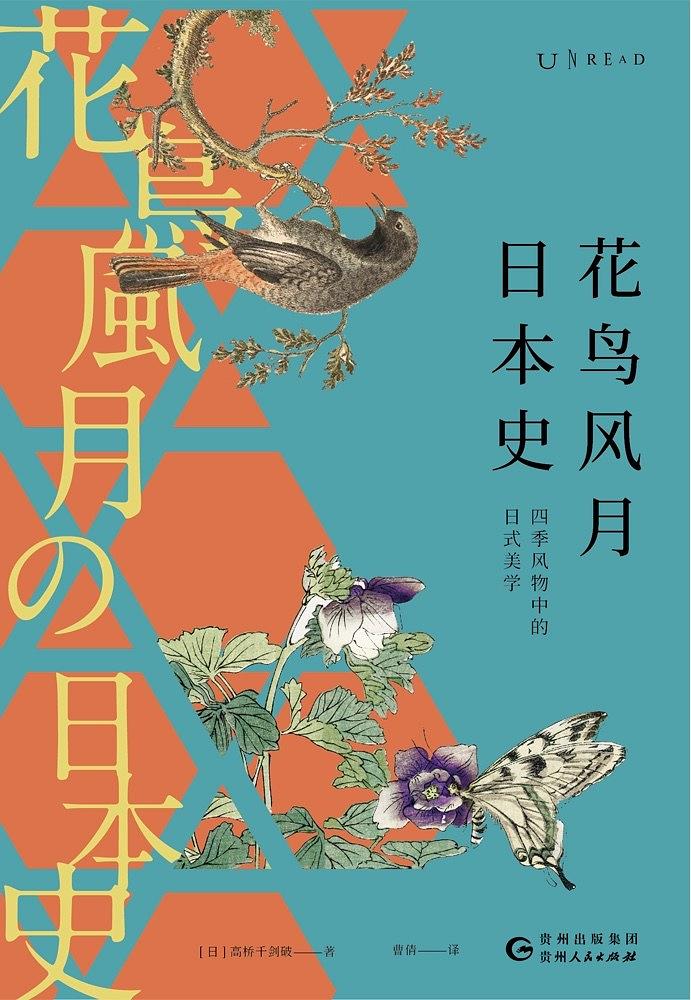










Flower Bird Wind Moon Japanese History
Do not talk about natural style, how come Japanese aesthetics!
- author[Day] Takahashi Qianjian Po
- TranslatorCao Qian
- Original nameJapanese history of Hanatori Fugetsu
- the publisherGuizhou People's Publishing House
- issue date2020-3
- LabelBook journalbooks Literary work Non -fiction Remembered
Ttarzhi, Kawabawa Kaikawa, Japanese aesthetics behind Zhiyuhe, and Xin Haicheng! Talk about 9 kinds of natural style, romantic traceability Japanese culture!
★ The 14th Japanese Popular Literature Research Award -winning works, Japanese philosophy critic and founder of “Kawara Japanese Studies”, Meihara, praised.
★ Selected nine -category of representative natural style, understand all Japanese aesthetics from the source, and pursue the sense of seasonal sense of busy urban people.
★ From the time of the rope in front of the rope before, it has covered literature, painting, music, music, folklore, architecture and daily life, and inspects Japanese -style life in the subtle place.
Do not talk about natural style, how come Japanese aesthetics!
Since ancient times, Japan has built history and bred culture with a unique natural environment. Japanese literature, art, architecture, religion, folklore and daily life all contain the core connotation of natural style. In this book, the well -known Japanese scholar Takahashi Qianjian breaks the micro -image of trees, flowers, birds, buns, wind and rain, etc., and talks about culture, folk customs and history. In the myths related to the cloud -related dragonfly, the wind in the song of the Emperor Shenwu, the Wind in the Song Dynasty, and the Wind in the Ge, we can get a glimpse of the traditional Japanese style, and we can also slow down and capture the information of the four seasons in the busy modern life. , Pursuing the beauty of natural style that is forgotten.
Takahashi Qianjian Po, Japanese writer, literary critic, executive director of the Japanese Literary and Artists Association, born in Tokyo in January 1943, graduated from the Department of Literature, Japan’s Literature Department of Japan Education University. “Edo Travelers”, “History of Famous Mountains”, “History of Famous Mountain Culture”, “History of Famous Mountains”, “Edo Food: Spring, Summer, Autumn and Winter” and other works. In 2001, Takahashi Qianjian broke the 14th Japan Popular Literature Research Award with “History of Flowers and Bird Wind and the Moon in Japan”.
